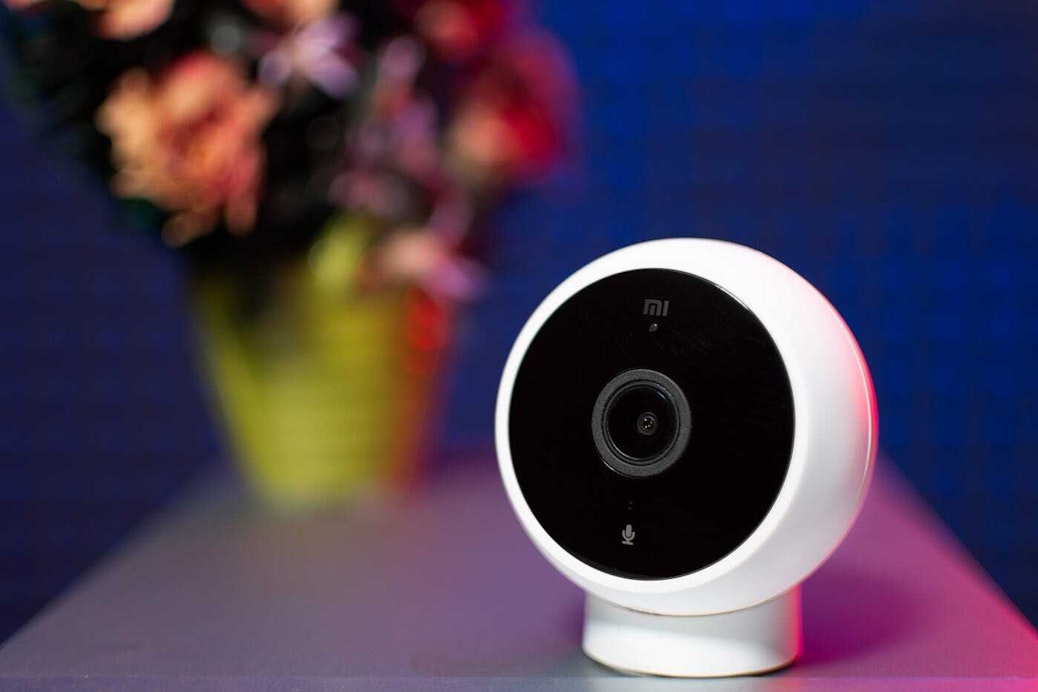
In times of crisis, communication is so important. In the last few weeks, you’ve probably received an email from every company you’ve ever interacted with, and maybe a few you don’t recall interacting with at all, mostly telling you how they are changing their behaviors or policies in the wake of the Covid-19 pandemic. The point is, most businesses are recognizing a need to be in direct contact with their customers, whether they sell hamburgers or housewares. Part of this is the “kumbaya, we’re all in this together” sentiment that helps us still feel connected to the community at-large, but the bigger reason is that the majority of these companies are being dealt a direct financial hit and are desperate to stave off long-term impact.
For many industries, particularly those that have long relied on things produced in China, manufacturing slowed or stopped many weeks ago. But even as those factories start to come back online in China, where the impact of the virus has waned, in the US the apex may still be several weeks away and customers, held up at home, simply aren’t purchasing as much as they had been.
Or are they? While it’s true that most people are staying home and buying less of non-essential items, the Coronavirus has led to more house-bound individuals coming online for work and school and, as a result, a surge in the purchases of some consumer electronics products.
Of course, not every product is a webcam or video game console. And, the full ramifications of the world being set to pause are yet to be fully realized or understood. As useful as certain smart home products may be during a quarantine, when as much as 30% of the US workforce is headed for unemployment, discretionary income and new customer purchases will likely drop, and companies will need new ways to keep business moving. One answer could lie in creating a better customer experience (CX) for your existing customers.
State of the Industry
For a moment, let’s take a look at the numbers.
Probably the most sobering statistic comes from Omdia, that projects a $20 billion shortfall in the projected estimate of Smart Home market for 2020, down from $120.6 billion last year to $101 billion. Shipments are expected to drop from 694 million in 2019 to 609 million this year, where that number had been expected to grow.
According to Juniper Research, smart devices, including tablets, smartphones, smart speakers, and wearables could see revenue dip anywhere from $6 billion, in the best-case scenario, to as much as $42 billion in the next nine months.
Overall, the US market, specifically, is expected to drop by nearly 11% from last year, due to the impact of the pandemic.
Interestingly, the wearable market is expected to grow, though slow. While the first quarter is projected to see a 13% decline as China is forced to catch up with manufacturing and shipments, the overall market should still expect a 9% increase, to nearly 370 million devices worldwide. A boon might come once the pandemic passes, as more health-conscious consumers seek to get fitness trackers to monitor the well-being of themselves and their loved ones.
Now, let’s consider why customer retention makes good business sense when acquisition may prove difficult.
· 70% of all companies say it’s cheaper to retain existing customers than acquire new ones
· You will convert 60–70% of your existing customers to sale, vs. just 5–20% of new prospects
· A 5% increase in your retention can increase your profitability by up to 75%
· 61% of your neglected customers will go to a competitor
· In the best of times, customer acquisition costs (CAC) are on the rise (here are some numbers broken down by industry)
In new research from Forrester, the analytics firm found that Covid-19 is having a negative impact on “consumer energy,”described as the “emotion-fueled, innovation-embracing force that underpins consumer behavior and attitudes.” In general, it means the epidemic is causing consumers to feel disconnected, distrustful of organizations, and out of control of their circumstances. This means brands need to tread carefully in terms of their communications. For brands, it means treading carefully in terms of messaging. People may not be inclined to want to invest time engaging with or recommending your brand. They are looking for messages that resonate with how they are feeling, and they want you to gain their trust.
Opportunities
As usual, where there are challenges, there are opportunities. Some larger companies have reserves and contingencies that will help them weather the storm. For smaller and mid-sized companies, those who are most nimble and creative will not only be the ones most likely to survive, but to thrive. Taken collectively, the information above should give many consumer electronics companies some hope — especially as the CE industry appears to be better poised to recover from this than many other industries.
It’s particularly a great time for those with connected or smart home products, or products that are Internet of Things or IOT-ready. They are in an enviable position to have products in the home and are likely already pulling in incredible amounts of user data that gives the brand an excellent view into their existing customer behavior with the product. With the right customer experience platform, these brands can be doing so much more than sending out a blanket email about their Covid-19 response. They can instead be tailoring customer-specific, automated messages that relate specifically to their product, or product features that may be of particular use during quarantine or lockdown.
For instance, there are many smart home products and devices ideally suited to individuals looking to limit their exposure to germs and viruses. Items like air purifiers, smart locks, faucets, and lighting that don’t require touch; air dressers that steam clothes; phone sanitizers; smart vacuums and mops all have benefits here beyond the day-to-day. A company with these kinds of products would be well-suited to communicate the benefits of particular settings or features that may be under-utilized. Perhaps there are innovative uses for your product. For instance, if you have a family member who may be sick, a smart security camera like Hoop can be a useful way to keep watch of your loved one while maintaining social distancing. These kinds of communications not only increase customer satisfaction in the moment, but also build trust.
At the same time, maybe your smart product is better oriented to the work from home, or the home school set. Consider how replenishment of consumable and accessories like printer ink, paper, coffee pods can benefit your business as well as your customer’s.
Of course, when you know your customers are happy, that’s an opportune time to turn them into promoters of your product. You can encourage them to positively review your product on the online store or implement a Refer a Friend program and incentivize them to recommend your product to friends in a similar situation.
Finally, consider that the pandemic may have a long-term and lasting effect on technology, and that it may require more businesses to hold on to legacy technology longer than intended, and that timely and regular communication with your customers regarding updates and upgrades are something that you can and should maintain. Again, it’s all about building trust, because when your customers feel like you have their back, they’ll have yours.





